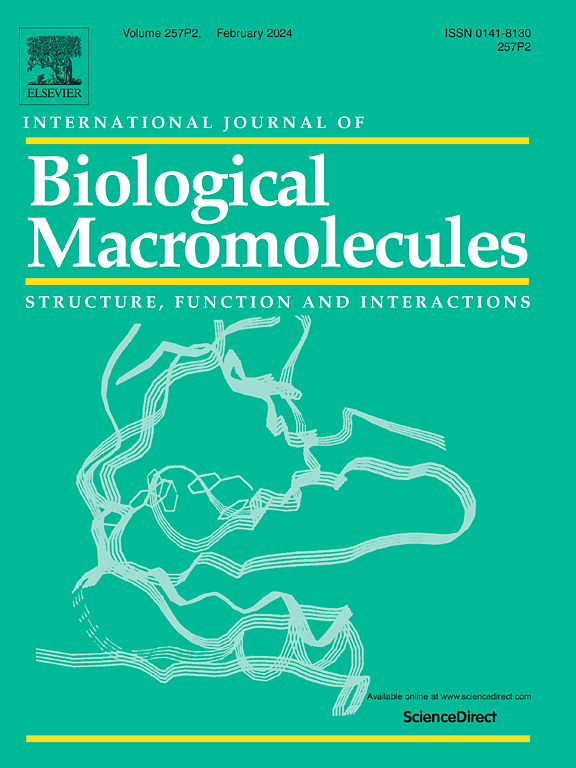Biological modification and industrial applications of microbial lipases: A general review
IF 7.7
1区 化学
Q1 BIOCHEMISTRY & MOLECULAR BIOLOGY
International Journal of Biological Macromolecules
Pub Date : 2025-01-29
DOI:10.1016/j.ijbiomac.2025.140486
引用次数: 0
Abstract
With the rapid development of industrialization and modern science, lipase has garnered pervasive attention. Lipases (EC 3.1.1.3) are enzymes exhibiting strong substrate specificity, high stereoselectivity, and solvent stability, which renders them a crucial biocatalyst. However, natural lipases often cannot meet the requirements of application and research in terms of activity, enantioselectivity, or thermal stability. With the continuous advancement of genetic engineering and protein engineering technologies, exploring efficient enzyme molecular modification techniques is a major task of enzyme engineering. We here review the current research status and progress of molecular modification techniques for lipases, including directed evolution, rational design, semi-rational design, and immobilization. Additionally, this article analyses lipase application prospects in food processing, environment, medical and pharmaceutical, cosmetics, and other fields. This article provides comprehensive information for the molecular modification and application research of lipases and contributes to providing reference for researchers in relevant fields.
求助全文
约1分钟内获得全文
求助全文
来源期刊
CiteScore
13.70
自引率
9.80%
发文量
2728
审稿时长
64 days
期刊介绍:
The International Journal of Biological Macromolecules is a well-established international journal dedicated to research on the chemical and biological aspects of natural macromolecules. Focusing on proteins, macromolecular carbohydrates, glycoproteins, proteoglycans, lignins, biological poly-acids, and nucleic acids, the journal presents the latest findings in molecular structure, properties, biological activities, interactions, modifications, and functional properties. Papers must offer new and novel insights, encompassing related model systems, structural conformational studies, theoretical developments, and analytical techniques. Each paper is required to primarily focus on at least one named biological macromolecule, reflected in the title, abstract, and text.

 求助内容:
求助内容: 应助结果提醒方式:
应助结果提醒方式:


